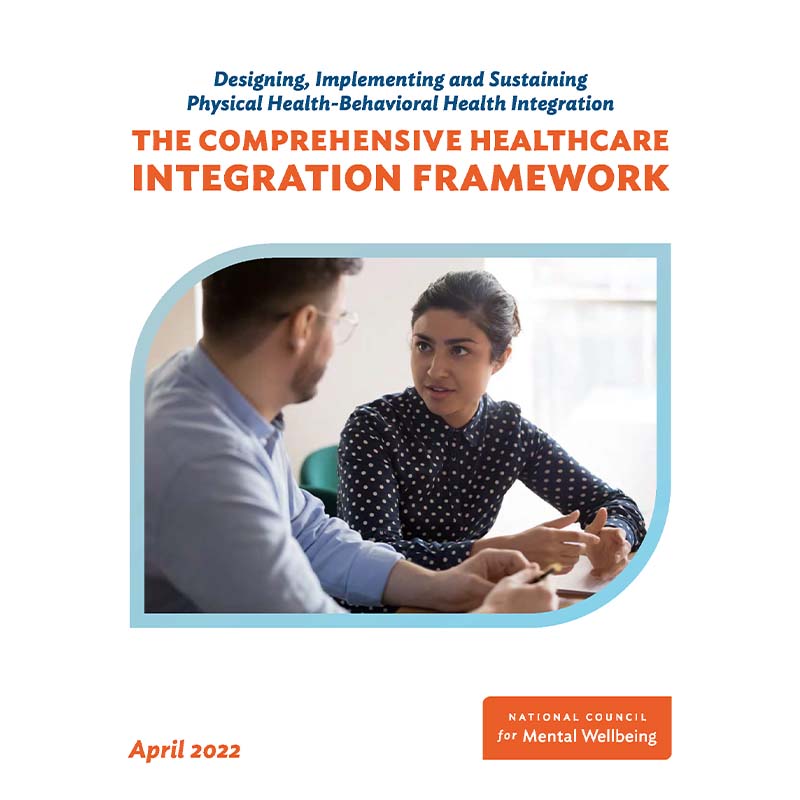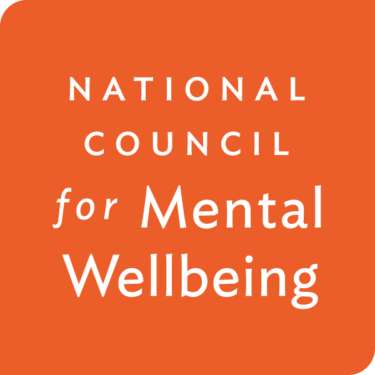Nearly every study I’ve seen for the past two years shows an increase in the demand for mental health treatment. We have the COVID-19 pandemic to thank for that.
Studies also show that many people have difficulty getting the treatment they need. We have barriers to access to thank for that.
If only there was a way to make it easier for people to receive the care they need…
The National Council for Mental Wellbeing has recently published a new resource on Designing, Implementing and Sustaining Physical Health-Behavioral Health Integration that provides an evidenced-based model for better mental health and substance use care integration and guides providers, payers and policymakers to implement integrated care models. It’s called the Comprehensive Health Integration Framework (CHI Framework).
Vehicle for Change
There is an abundance of evidence that integration works, but there isn’t a lot of adoption. People have questions about the journey and the destination. Our expert panel — a diverse group of multi-disciplinary leaders from organizations throughout the health care continuum — knows that you can’t take a road trip without a good map. That’s why we spent 18 months to develop a resource that will help you get from point A — non-integration — to point B — full integration — in a way that fits your organization’s capabilities and goals.
It’s important to remember that different organizations have different destinations in their journey to integrate care for physical and mental health and they will identify different paths. They won’t begin or end in the same place, and we took that into account when developing this guidance.
You need flexible models of care because implementation looks different for everyone. The new CHI Framework takes that into account and provides guidance on best practices depending on where you’re beginning your journey and how you want to implement an integrated model of care.
Potential Roadblocks
Anyone who has planned a vacation knows that most journeys face an unexpected disruption or detour. Some of you have been down the road to more comprehensive integration before and you’ve turned back. Or you exited before you reached your destination.
One roadblock that has prevented many of you from completing this journey — or taking it at all — is how difficult it is to objectively measure integration efforts. And payers don’t want to invest in a new model unless and until they can determine whether it’s cost-effective and sustainable.
The CHI Framework provides you with a way to measure how integrated your organization is, in what areas and how that improves health care delivery and outcomes of the people you serve.
By placing extra emphasis on payment models, this resource shows that integration can be measured, sustainable and cost-effective by presenting three payment methodologies: CPT service code payments (or fee-for-service), care enhancement payments (typically per member per month or prospective payment) and value-based payments.
But other roadblocks exist and our construction crews worked hard to ensure everyone — no matter what route they take — enjoys a smooth ride.
Better Care, More Savings
Not only do we know integration works, we also know integrated care models improve health care outcomes. Integration is not an abstract concept with a nebulous goal — it is a concrete reality.
Integrating mental health care with primary care should start with where the patient already is and there should be no wrong door. The CHI Framework can be used to integrate mental health and substance use treatment into primary care settings or to integrate primary care into mental health and substance use treatment settings. Integrating care is the responsibility of every practice.
There’s also new independent evidence that integration can provide economic benefits. According to a recent story in Fierce Healthcare, a new report concluded that mental and behavioral health conditions account for a growing segment of health care costs. Insurers have a significant opportunity to address these expenses and drive down overall costs.
Given the significant potential for cost reductions, according to the article, analysts at Moody’s Investors Service said insurers that move more quickly to integrate mental health offerings into physical health programs have an opportunity for a competitive advantage in the long term.
We’ve been on a hell of journey the past two years. The pandemic exposed flaws in the delivery of care. It resulted in heartbreaking rates of mortality while also eroding the mental wellbeing of many Americans.
Designing, Implementing and Sustaining Physical Health-Behavioral Health Integration provides clear direction to help organizations shift to an integrated model of care, increase efficiency, save money and improve care. This is arguably the most significant evidence-based paper on the topic of integrated care in years, and that makes sense given the enormous effort behind it and the contributions from numerous experts throughout the public and private sector.
Change is hard, but integration offers benefits to providers, payers and the people who rely on all of us to deliver care. The CHI Framework is so flexible that any health care organization can embark on this journey — and should!
The development of the CHI Framework was supported by the Center of Excellence for Integrated Health Solutions (CoE-IHS), a training and technical assistance center funded by the Substance Abuse and Mental Health Services Administration (SAMHSA) and operated by the National Council for Mental Wellbeing.
Author
Vice President of Practice Improvement
National Council for Mental Wellbeing
See bio


